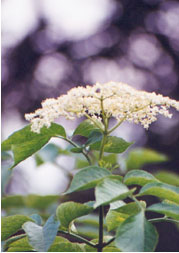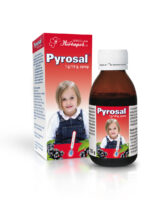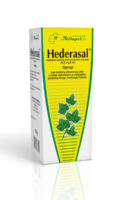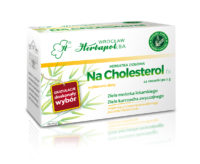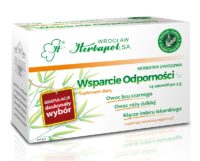(Sambucus nigra L.)
Elder is a shrub commonly found throughout Europe, north-west parts of Africa and Asia Minor. It is a plant traditionally used for centuries in the states associated with cold. Roman historian Pliny the Elder mentioned it in his works as well as the Swiss physician and alchemist Paracelsus. 1
Raw materials coming from the elder used in medicine are flowers forming flat inflorescences and fruits. Both raw materials differ in phytochemical composition and pharmacological properties.
Flowers (flos)
Certainly everybody knows characteristic creamy, umbel shaped inflorescences of elder with a strong smell. They are the raw material harvested in the sunny weather, and then thoroughly dried. The compounds responsible for the action of the raw material are mainly flavonoids and phenolic acids found in it. These compounds demonstrate blood vessels sealing and antioxidant properties. Traditionally, flowers of elder are used in colds, febrile states, and as a diaphoretic. 2
Pharmacists of Herbapol Wrocław have used elder flowers to produce antipyretic syrup Pyrosal.
Fruits (fructus)
The extract from the fruit of elder is a rich source of active compounds that help the body maintain health especially during autumn and winter, when the risk of exposure to viral infections is higher. The active compounds of elderberry fruit include flavonoids, among others rutin, anthocyanins, vitamin C, B group vitamins, organic acids and tannins.
Herbapol Wrocław used the fruits of elderberry in the syrup Pyrosal Kid, which supports and strengthens the body’s defenses of both, children and adults.
1 Herbal Medicine, expanded commission E Monographs, s. 103
2 H. Strzelecka, J. Kowalski, Encyklopedia Zielarstwa i Ziołolecznictwa, Wydawnictwo Naukowe PWN, Warszawa 2000, s. 56-57
